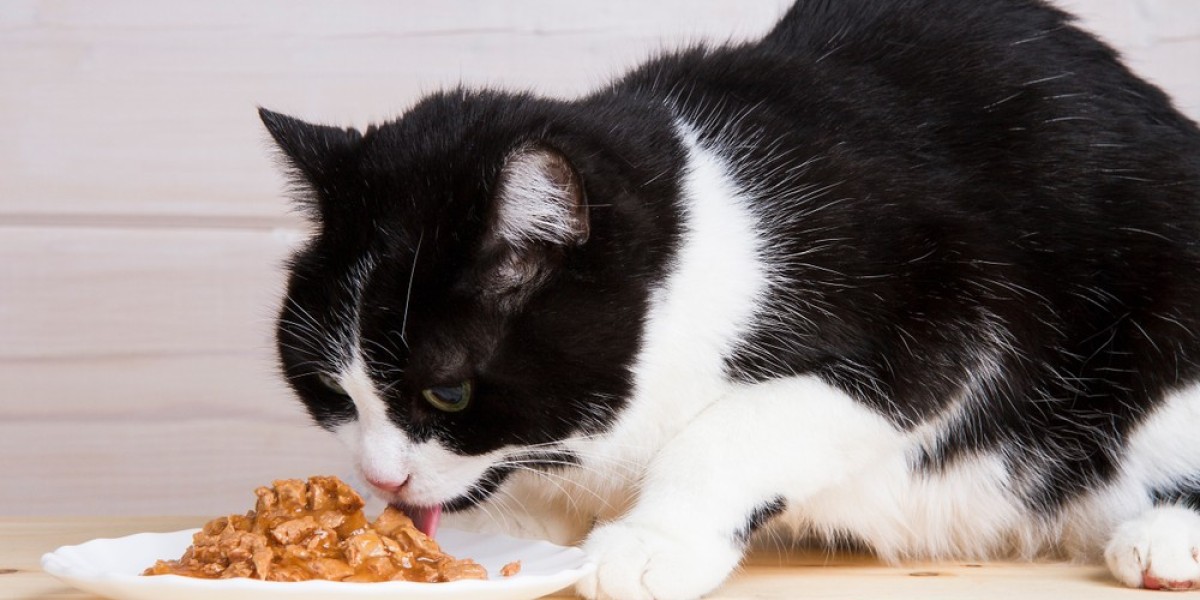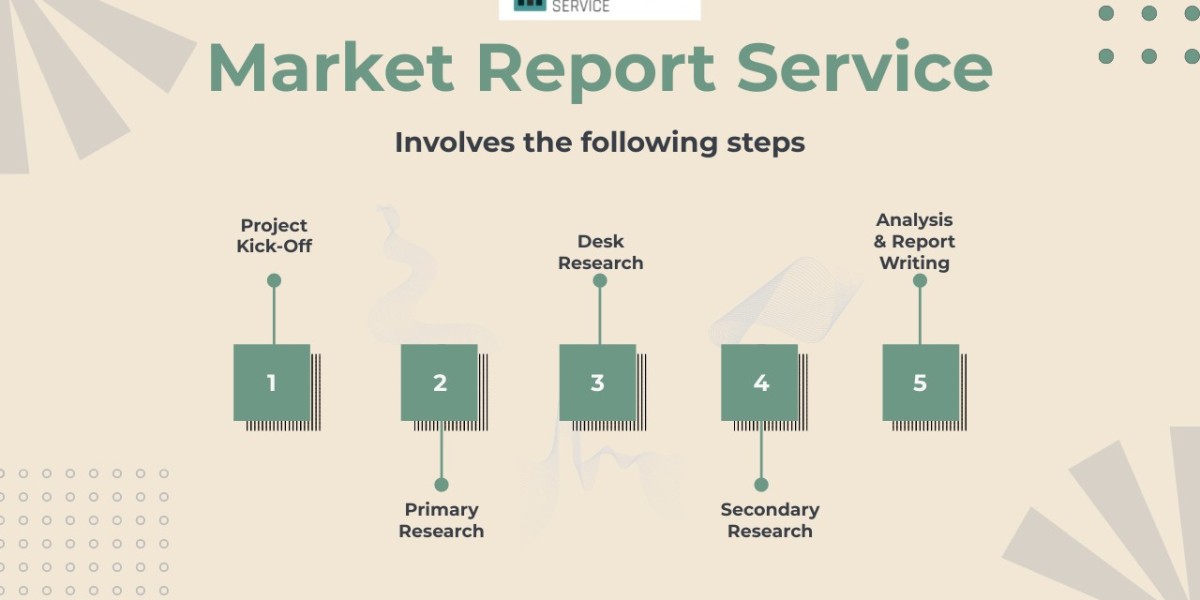As a multi-cat household owner, you may have observed your cats engaging in a common yet potentially problematic behavior: one cat eating another cat's food. This can be more than just a quirky habit; it can lead to various health issues and dietary imbalances. In this article, we will delve into why your cat might be eating another cat's food, the potential health implications of this behavior, and effective strategies to prevent it.
Territorial Behavior and Dominance
Cats are territorial by nature. When living in a multi-cat household, one cat may assert dominance over the other by eating their food. This behavior can stem from a natural instinct to establish hierarchy and control resources.
Taste and Preference
Just like humans, cats have individual tastes and preferences. If one cat finds the other’s food more appealing, whether due to its flavor, texture, or smell, it may prefer to eat that food instead of its own.
Medical Issues
Sometimes, underlying health issues can drive a cat to seek out food from another’s bowl. Conditions such as hyperthyroidism or diabetes can increase a cat’s appetite, making it more likely to eat whatever food is available.
Inadequate Feeding Routine
If your cats do not have a well-regulated feeding schedule or if one cat is not getting enough food, it might resort to eating from another cat's bowl to satiate its hunger.
Health Issues from Eating Another Cat's Food
Nutritional Imbalance
Cats have specific dietary needs based on their age, health, and activity level. When a cat consumes food meant for another, it can lead to nutritional imbalances. For instance, kitten food is higher in calories and nutrients compared to adult cat food. An adult cat eating kitten food regularly could become overweight or develop nutrient-related issues.
Allergies and Sensitivities
Cats, like humans, can have food allergies or sensitivities. If a cat consumes food that it is allergic to, it can suffer from gastrointestinal problems, skin irritations, or more severe allergic reactions.
Overeating and Obesity
When one cat consistently eats both its own and another cat’s food, it can lead to overeating and obesity. Obesity in cats can cause various health problems, including diabetes, arthritis, and heart disease.
Starvation and Malnutrition
Conversely, if a dominant cat is eating all the food, the submissive cat may not get enough to eat. This can lead to malnutrition, weight loss, and associated health issues such as weakened immunity and muscle loss.
Strategies to Prevent Food Sharing
Separate Feeding Areas
One of the most effective ways to prevent one cat from eating another’s food is to establish separate feeding areas. By feeding each cat in a different room or using barriers, you can ensure that each cat eats its own food.
Timed Feedings
Implementing a timed feeding schedule can help manage food intake. By feeding your cats at specific times and removing uneaten food after a set period, you can better control who eats what and when.
Use of Microchip Feeders
Microchip feeders are innovative solutions for multi-cat households. These feeders only open for a specific cat’s microchip, ensuring that only the designated cat can access its food.
Monitor and Adjust
Regularly monitor your cats during feeding times to ensure each cat is eating its own food. If you notice one cat trying to eat another’s food, gently redirect it back to its own bowl.
Addressing Underlying Issues
Veterinary Consultation
If you suspect that a medical issue is causing one cat to eat excessively, it is important to consult a veterinarian. Conditions like hyperthyroidism, diabetes, or gastrointestinal problems can drive changes in eating behavior and require professional treatment.
Behavioral Solutions
In cases where territorial behavior or dominance is the root cause, consulting with a feline behaviorist might be beneficial. They can provide strategies and training techniques to mitigate aggressive or dominant behaviors.
Ensuring Adequate Nutrition
Make sure each cat’s diet is meeting its nutritional needs. Sometimes, cats eat each other’s food because their own diet is lacking in some way. A balanced and appropriate diet tailored to each cat’s age, health, and activity level is crucial.
Understanding why your cat eats your other cat’s food is the first step in addressing this behavior. While it may seem harmless, it can lead to significant health issues such as nutritional imbalances, allergies, obesity, and malnutrition. By implementing strategies like separate feeding areas, timed feedings, and microchip feeders, you can ensure each cat gets the proper nutrition they need. Additionally, addressing any underlying medical or behavioral issues with professional help can further prevent this problem. By taking these steps, you can maintain a healthy and harmonious multi-cat household.







